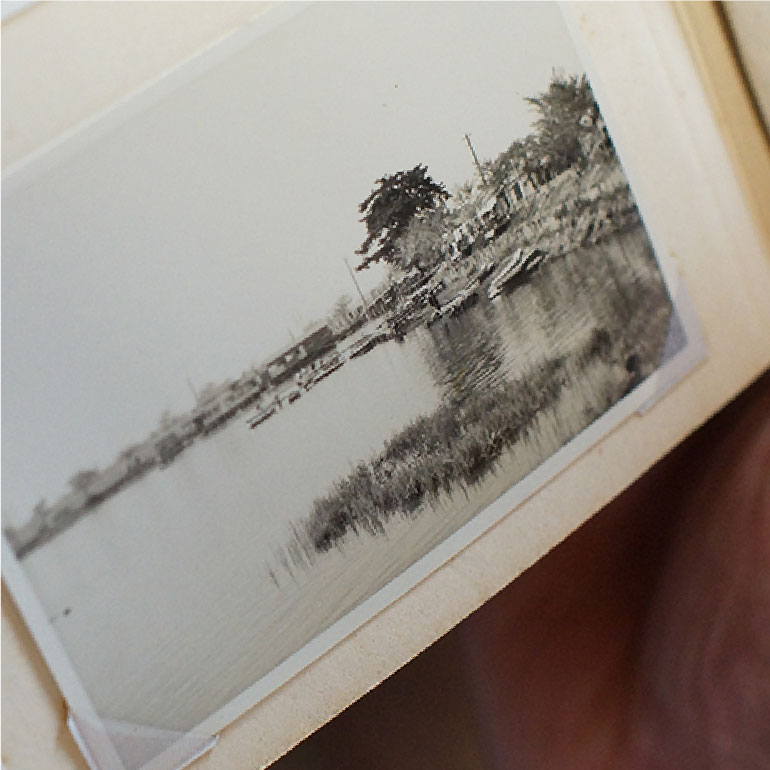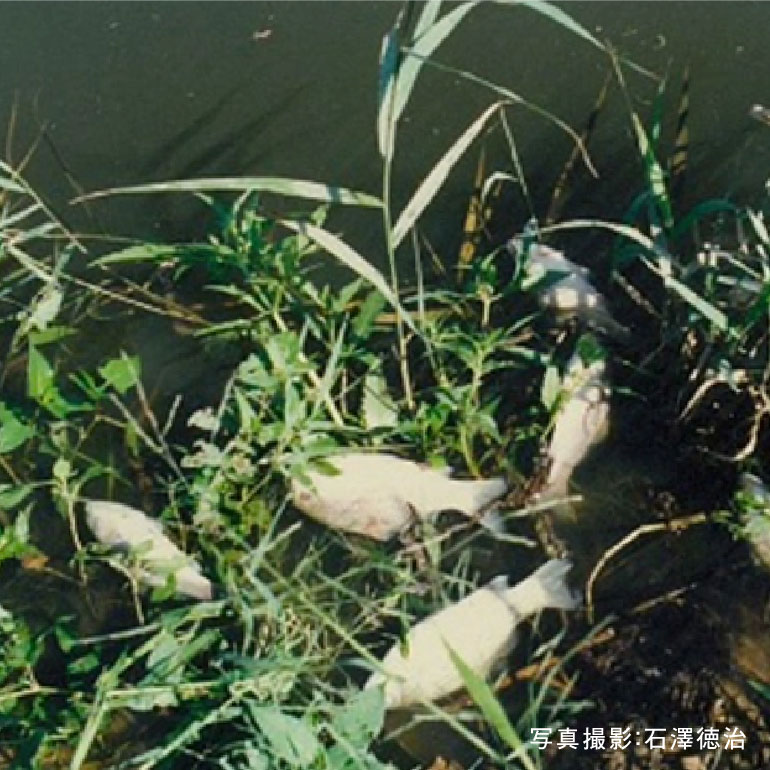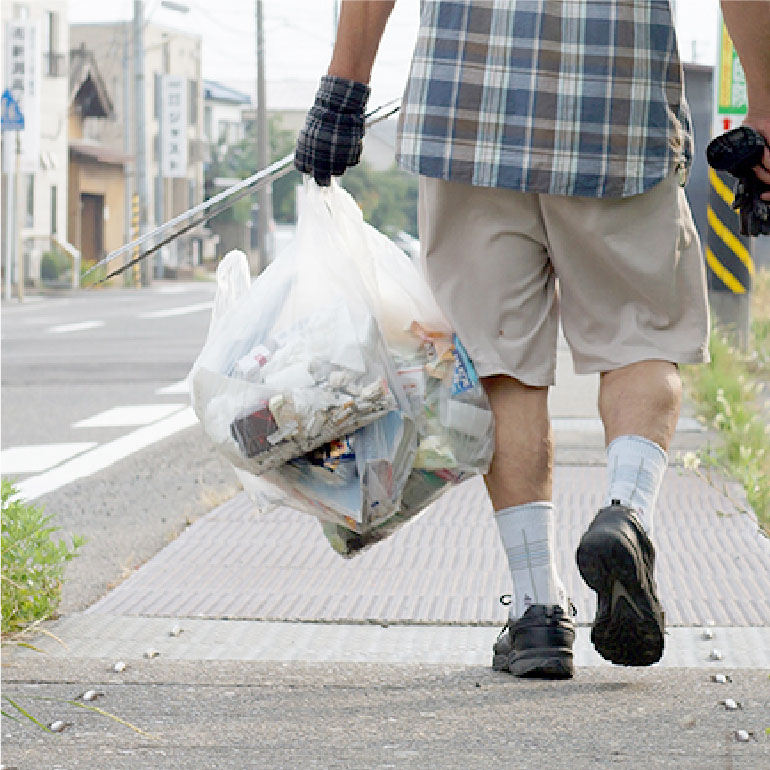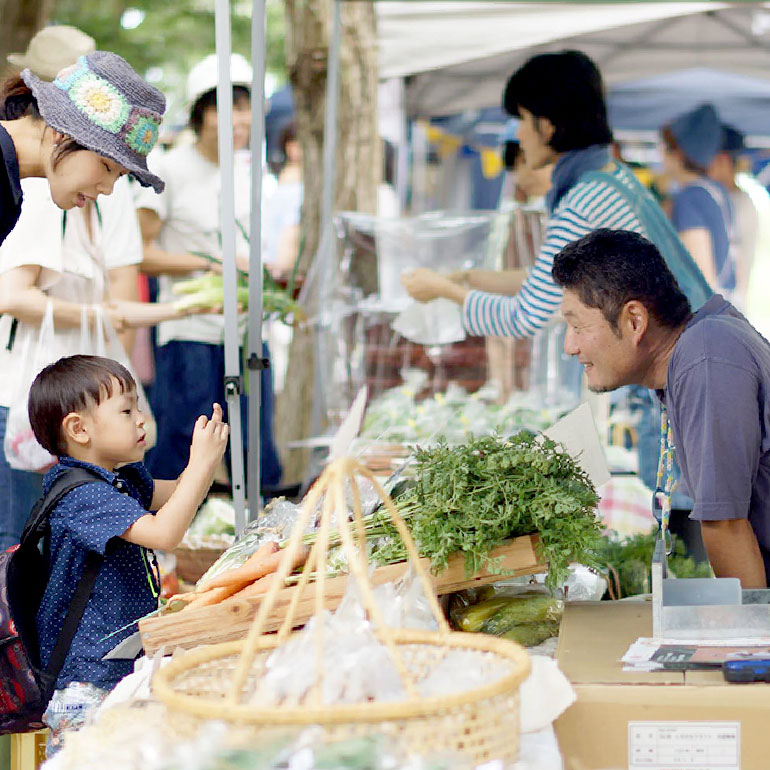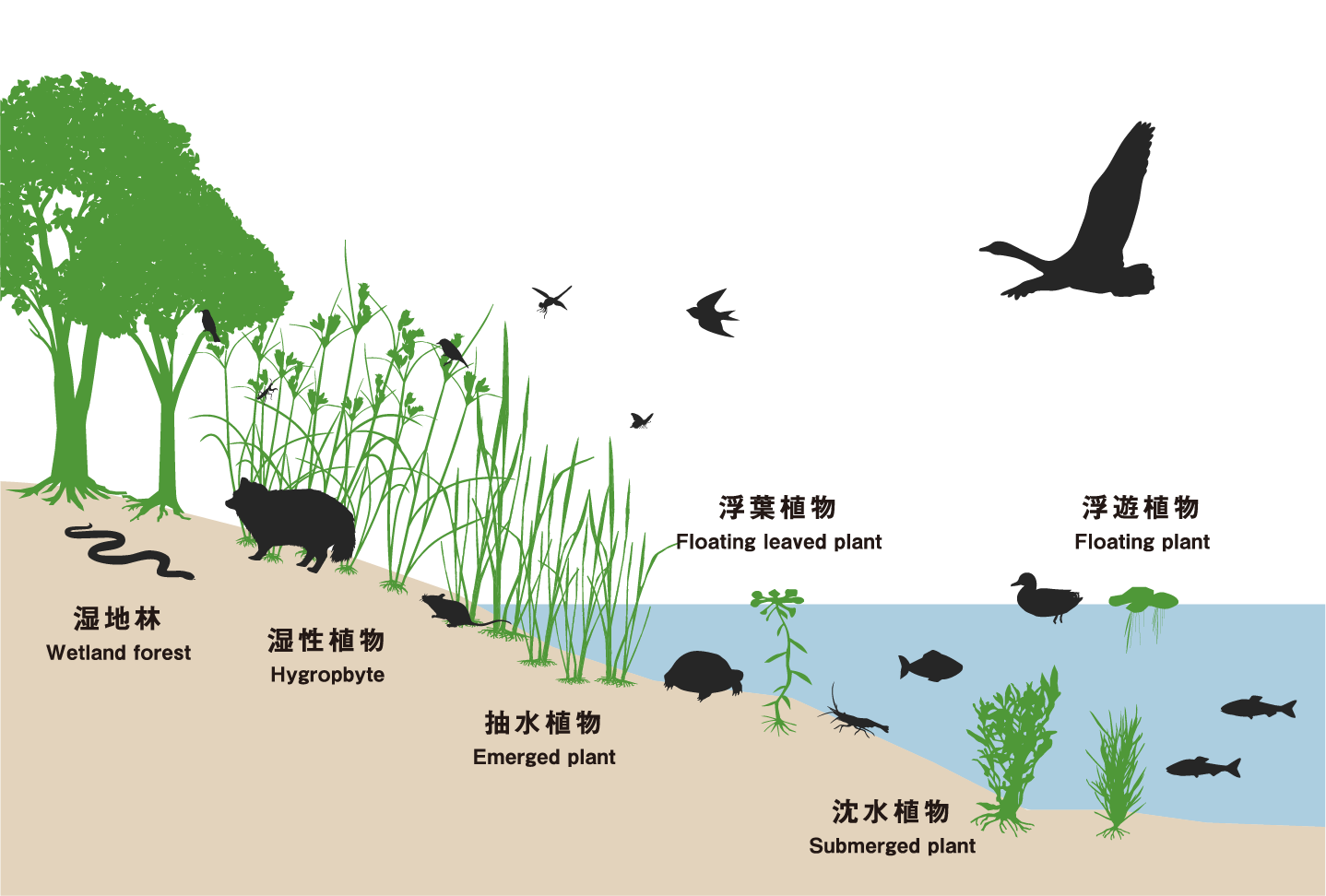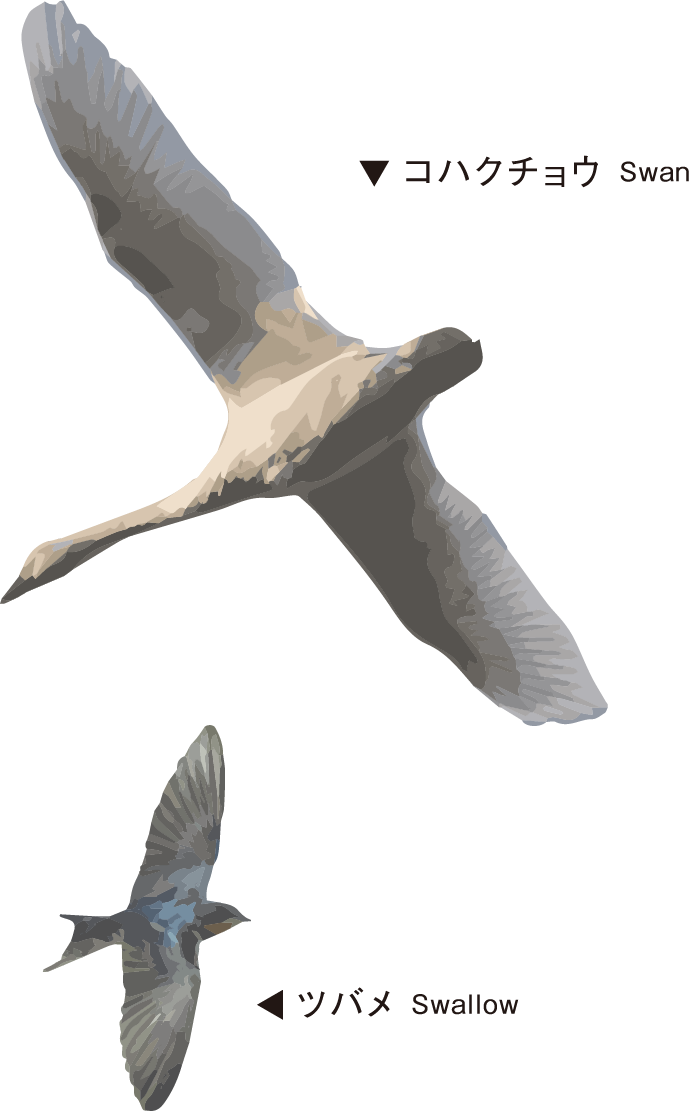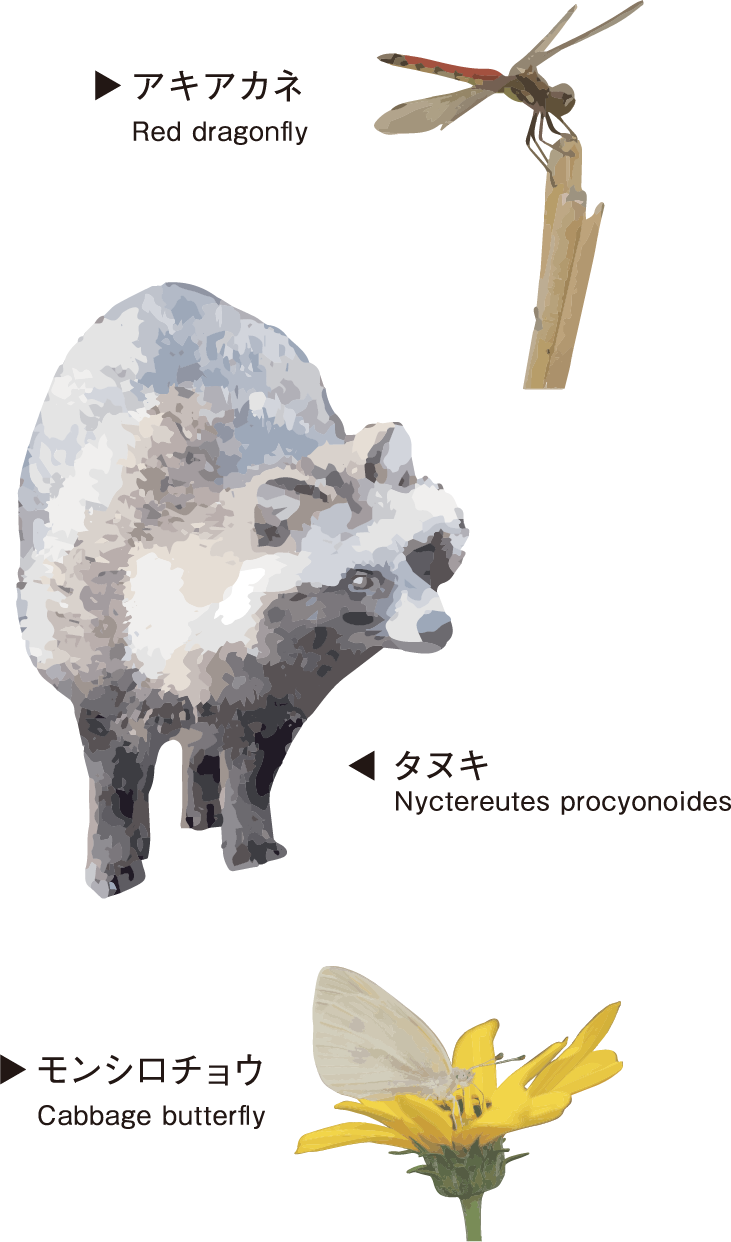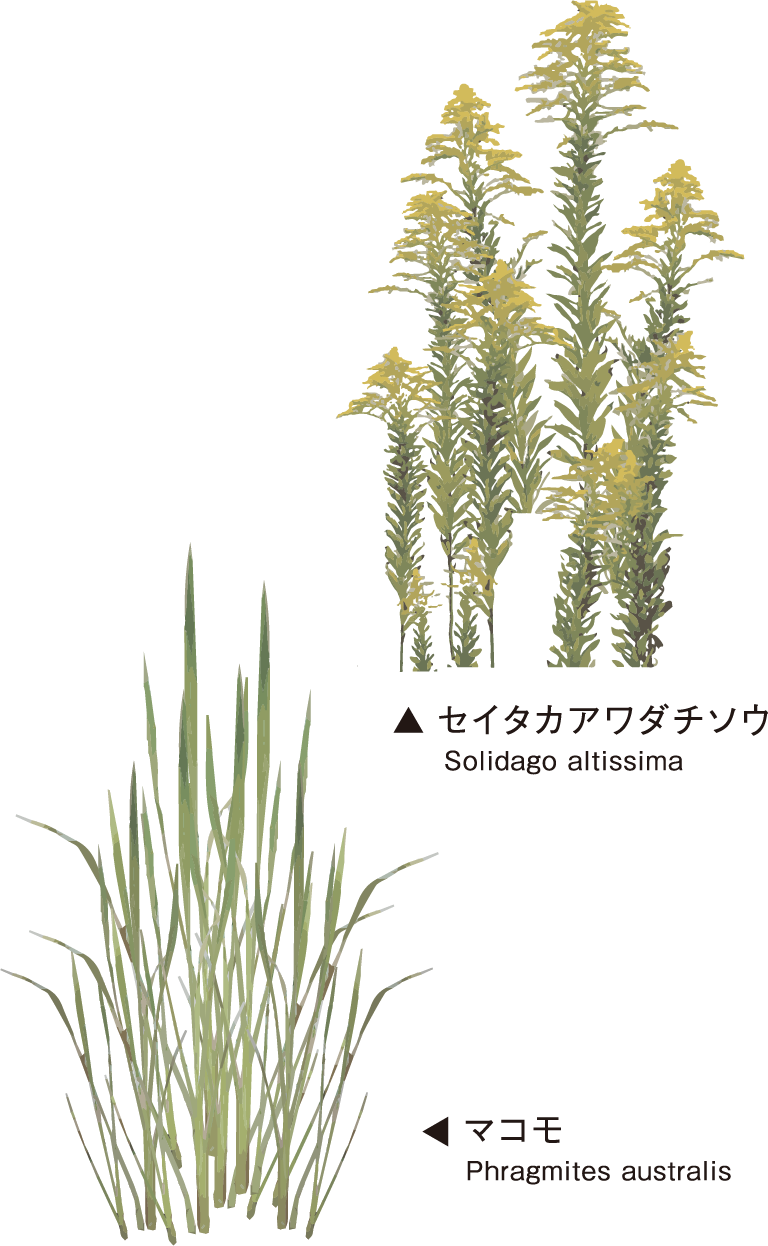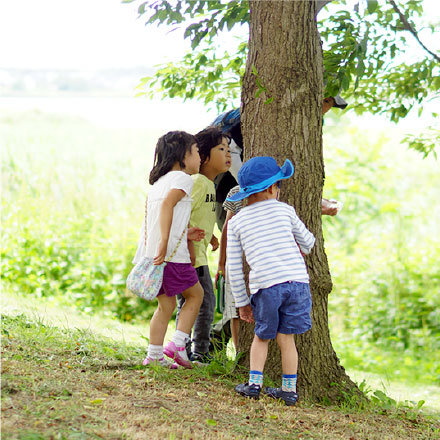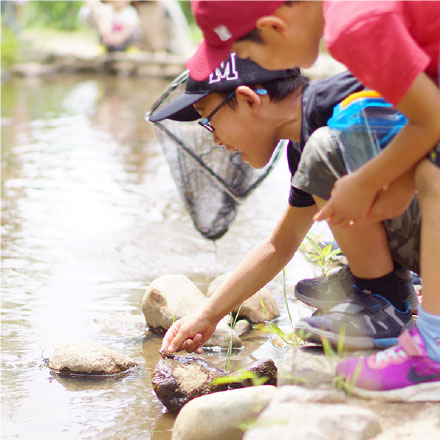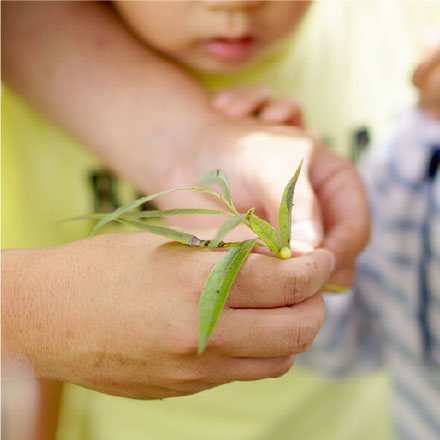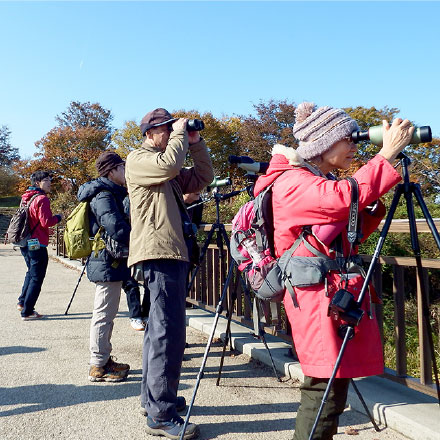水辺の植物と、人びとの暮らしの関わり
The Relationship between the Plant Life of the Lagoon and the Locals
鳥屋野潟の水辺には、ヨシやマコモなどの水生植物がいて、動物の住処や隠れ家になっています。これらの植物はかつて、資材や食材として、人びとの暮らしをも支えてきました。時代が変わり、こういった植物が人の暮らしのために使われることは、少なくなりました。
人の手が加えられなくなったことで、近年は水辺の植生にも変化が起きています。例えばアシ原の植生遷移があります。人が管理しないことで次第にノイバラや樹木が侵入し、樹林化していきます。近年ではこれに加えてセイタカアワダチソウやアレチウリといった外来種の侵入・増加も観られ、在来の植物を押し退け、広く高く繁殖していきます。私たちの水辺との関わり方が変われば、潟の生態系も変わっていきます。豊かな水辺を受け継いでいくために、これからの人の暮らしと水辺の関わり方についても、いま一度深く考え、探っていくべき時なのかも知れません。
Around the shores of Toyano lagoon, there are aquatic plants such as reeds and water oats, which provide material for nests and shelters for animals. These plants also used to serve as materials and food for local people. Over time, however, these plants have been used less frequently by local people.
Since people stopped maintaining it, the vegetation on the waterside has recently changed. The change in the reeds is an example. Without human’s input, trees invade their habitat and the reeds are overpowered. The recent intrusion and increase of foreign species such as the Canada goldenrod and Sicyos angulatus can be seen, and they outgrow the native plants. These foreign species were brought here by humans.The ecosystem of the lagoon will improve if we make a change in the way we connect with the waterside. In order to inherit the abundance of the lagoon, we consider ways in order to further the connection with this habitat.



